20May
What should a Under-Five-Year-Old know?
A preschool teacher recently told, ‘I was on a parenting bulletin blog recently and read a post by a mother who was worried that her four-and-a-half-year-old did not know enough.
“What should a under-five-year-old know?” she asked. Most of the answers left not only saddened but pretty soundly annoyed. One mom posted a laundry list of all of the things her son knew. Counting to 100, planets, how to write his first and last name, and on and on. Others chimed in with how much more their children already knew, some who were only three years old.
A few posted URLs to lists of what each age should know. The fewest yet said that each child develops at his own pace and not to worry.’
Maybe you have a toddler or a preschooler; perhaps your child or children are older now, or maybe you’re about to be spending some time with a young child, but whatever your situation, think of that child at under-five-years. What do you think they should know?
Many Early Years experts, teachers, nursery staff and parents strongly believe that under-five-year-olds really need to know is that they each have a brilliant talent; one that will absolutely get them ‘school-ready’, but not by achieving certain levels in the reading, writing and arithmetic.
Instead, this talent will help them gain the skills they really need to start school. These include social and emotional skills to get along with others, curiosity about the world, practical skills, the ability to listen and understand instructions from grown ups, independence with personal care and the ability to spend time happily engaged with objects or in an activity without their parents.
And the talent? We know all children have a talent and all children can play. that’s their talent and this is what a under-five-year-old should know; that they can play.
This happy talent of children – play – can actually be seen from birth. When they are not sleeping or feeling sleepy, feeding or feeling too hungry, or feeling colicky or uncomfortable because they need a nappy change, babies are instinctively and naturally playing. Play is the language of infancy, toddlerhood and the preschool years. So, if you want to properly understand your under-five and help them to know what any child of their age should really know, you would better learn the language of play. And this article is where to do just that.
Not only talent but brain stimulation
In addition, the crucial beginnings of the brain’s building process occur between 0 and 3 years of age when there is a rapid production of connections between brain cells (synapses). By the time a child is three years old around 80 per cent of this development has already taken place; 90 per cent by the time they are five.
Child psychologists claims that play offers huge amounts of brain stimulation, it makes sense that it has a massive impact on the emerging cognitive, motor and social skills of young children.
It’s through a kind of prism of play that children, using their natural creativity and amazing imaginations, make important cerebral connections and basically learn everything; developing personal, social and emotional skills, communication, language and emerging literacy, problem-solving, reasoning and emerging numeracy, knowledge and understanding of the world and all their physical skills -a whole spectrum of thinking and knowing and learning. And to think they are just playing!
So, you know the benefit of play to your child but still not sure what to play?
There are so many different play activities but they all come down to below 7 categories in the end and there are pretty much endless possibilities playing activities for you to try with your child.
Imaginative/fantasy play
In these games a large cardboard box will become a car, a tea towel a superhero cape, or the sofa a volcano with the carpet as the lava, or you might be made cup after cup of ‘tea’, or a toy hammer and screwdriver will be tucked into the top of shorts, a hard hat popped onto a head and your kitchen will be measured up and ‘mended’.
This category of play begins as imitation of what the grown ups do in a kind of role-play, but later it can take on a more filmic, adventurous quality. It’s immersive and full of improvisation, and children are experts at this kind of play from as early as two years old.
Small world play
This is similar to the imaginative/fantasy play described above, but in small world play the child is the ‘puppet master’ – controlling the world and the action. Using play figures or toy cars, or even sticks and stones as characters, a child will act out their story or sequence of activities. Sets and scenes for the characters are useful (like dolls’ houses, garages, farm sets, etc, and can even be made by older children) but they are not essential – a child’s imagination is often enough.
Object play
This type of activity refers to the playful use of objects. These can be dolls, blocks, toy cars and puzzles as well as non-toys such as plastic bowls and empty cardboard tubes, wooden spoons and a silky scarf, or loose parts such as pine cones and giant buttons, as well as natural objects such as shells, leaves and pebbles or a few root vegetables. These objects are played with and explored, manipulated and lined up. Sometimes children over three years old will use objects imaginatively, as substitutes for something else – so a rectangular block might become a telephone, while a cardboard tube becomes a tunnel for a small car.
Books and Stories
This is a well-loved form of play for babies, toddlers and young children who adore being told stories from books or in a grown up’s own words, and this magical, special category of play is very important in developing listening, language and pre-literacy skills. Young children in particular find picture books irresistible, and they can very quickly learn the techniques of page turning and ‘reading’ the story (often out loud) to themselves.
Creative play
This is when children respond creatively, using a wide range of media, to different stimuli in order to make something: mark-making music-making, art-making, sculpting, construction and model-making. Activities involve painting, sticking, cutting, tearing, rolling, printing, scraping, colouring, spraying, flicking, squeezing and moulding. Dancing and dramatic play are also examples of creative play.
Sensory play
This is a very important category of play for babies and toddlers as they do most of their learning about the world around them via their sense of touch and taste (that’s why they go through that phase of ‘mouthing’ everything). Sensory play i about using all of the senses, so listening to music, and tapping and hitting things to create sound is included in this category. Sensory play is also playing with play dough, water, paper, plastic balls, leaves, mud, corrugated cardboard, wooden shapes, fabrics and shaving foam. It’s looking into mirrors, through colored cellophane, at pictures, faces, the sky and watching the washing machine spin. Many examples of sensory play are multi-sensory.
Outdoor play
Considered by many to benefit the health and development of little ones more than any other form of play, outdoor play is not all about rough and tumble, running wild and getting up close to nature, although developing gross motor skills and experiencing flora and fauna first-hand is an important part of it. Most categories of play can be transferred to an outside and are more fulfilling and memorable for it.
But I am just too busy to spare time to play with my child
You might be thinking- hang on a minute, all this play sounds well and good for a teacher doing their job but how exactly does this fit in with parenting? Family life is just too busy for all that play-planning and all those ‘Areas of Learning and Development’.
It seems be easiest to hand over your phone to your toddler when on a journey to the supermarket, for example. And what about the TV? How handy was that for keeping them still and quiet while you dashed off those vital emails, or loaded the washing machine?
Instead of trying to fill all this play into our busy life, we can actually flip it on its head and instead try to see our busy life as a series of opportunities for play. Using play doesn’t mean that we suddenly become the in-house entertainer, and it doesn’t mean we play with our children all day long. No, we just want to get our children involved and learning, thinking and growing, helping and cooperating as a matter of course throughout our normal busy day – and i realised that we can do this all under a kind of banner of play.
So, for example, loading the washing machine because a playful activity that our toddler just loved. Sometimes, he would help with a fund socks-sorting game and sometimes we would sing a silly washing machine song as we work. And if we need to make a phone call or try to get his baby sister to sleep, for example, instead of putting on the TV, we can surprise him with a little tote bag containing a few unexpected things – just some small toys he would forgotten about. As we experiment with more and more ways to weave play into our everyday life we begin to realise that some of these ideas actually free us up a fair bit, because once we set them off with something irresistible to play with, our children would often find their flow and they become really rather good at playing independently.
You will realise how much easier it is to motivate your children, and get good behaviour from them, when we apply playful positivity to the situation, rather than by trying to be all authoritative and go down the battle-of-wills route.
Some ways to play can be time savers, some are sanity savers. Some are ideal for filling a bit of time, instead of putting on the TV, and some brought out top-notch creativity in your children or develop their independence.
As you practice this, you will discover a sense of peace, purpose and fun in parenting despite hearing so many others with children of similar ages bemoaning the ‘terrible twos’, shouting at their kids, ignoring unwanted behaviour with a ‘boys will be boys’ comment or just going on and on about how hard it all is.
Yes, these are the messy years; yes, things get pretty hectic and yes, sometimes there are tears and tantrums – but by identifying and implementing ways to parent with play we can develop an approach to parenting that really work for us.
And, we have listed 7 different ways of play that will lead to greater chance of success and much easier to implement into your daily parenting lives.
-
Chores: not bores
Household chores will always need to be done; it’s about inviting your preschooler to ‘help’ you – or play alongside – while you tackle domestic tasks. -
10 second set-ups
This is perfect for when you need your children to play by themselves for a while; it’s about offering them a super-quick, irresistible stimulus to encourage a period of happy independent play while you get on with something else. -
Invitations to play
For this way to play you take just a few minutes to set up and demonstrate/model the activity before you step away and witness some wonderful open-ended play. -
Invitations to create
The idea of this is not what they make; it’s that they make – it’s all about the process – giving them the materials and opportunity to explore different media and to get creative without necessarily finishing a piece of art or craft. -
Make and take
Through this you can be with your child to make (or bake) something together, perhaps for a special occasion or particular time of year. For this activity, it is okay for the child to be aware that the aim is to create a finished product. -
Stay and play
This is when you make time to simply play with your child. Often this way to play is special time with stories and books, games or song-based play. -
Sanity savers
This is when you use quick-thinking tricks and play to keep children behaving as you would like, but with fun and games rather than stern discipline.
I do not have any extra in-house space and my child is easily get distracted while playing. What should I do?
Here is how you might make way for play in your home. Try just one or two ideas initially; you will be amazed at the changes in how your little one interacts with the spaces in your home and start playing without any interruption or distraction.
-
Buy sink steps or step-stools for each sink in your home.
-
Source a low bench or kids’ table for your kitchen ( or fix a fold down table at your child’s height if you’re short of space).
-
Put placemats, plastic plates, bowls, cups and cutlery somewhere low and within easy reach of your little one.
-
Fix hooks for coats at child height, and place some accessible storage for shoes near your front door.
-
Sort out your storage; at lot of art of craft supplies, toys and playthings can be stored out of sight and reach of your little one. Buy some cheap storage boxes, and buy twice the amount you think you will need. label them if they are not transparent – you will want to be able to access their contents quickly and easily. Display those that you do want left out on low shelves and in lots of small baskets and tubs.
-
Make some, carefully considered, toys and playthings accessible in small storage stations all over your home – the bathroom, the hall, the master bedroom, the kitchen and garden – as well as in the living room and your child’s bedroom.
-
Find a space for construction play.
-
Find a space for physical play, like target practice, inside.
-
Look out for spaces for temporary dens and book-nooks.
-
Have small baskets or boxes of picture books all over your home – don’t just store them on one bookshelf.
-
Create a dress-up area with a mirror.
-
Make a creative/making station.
-
Find a space for a listening station – with an easy to use CD player, cushions and a few audio books.
-
Provide at least one designated doodle area.
-
Make any outside space as safe and as interesting a place to play as inside – think accessible storage stations with kid-friendly tools and toys, a low work-bench, places for temporary dens – not just as a place for running around and other physical activity.
-
Find space outside for those messy or we-play activities – and , if possible, somewhere for digging.
We often travel. Can we still do physical play?
YES. You can prepare for play when you are out and about too. This doesn’t mean you need to take a suitcase full of toys with you wherever you go, rather, it’s about taking along a basic kit to encourage play. What you pack will depend on your outing, of course, but whether it’s a small toy or two, some paper and crayons, you can initiate some wonderful play by handing over something other than your smartphone when you are out and about to get your child thinking, learning, and playing in the real world and engaging appropriately with their environment.
We hope above information is helpful to get started playing and focus what’s really important for your under-five-year-old ones.
Now we are ready, we are set. Let’s play!
Further Reference: The Playful Parent By Julia Deering, 2014


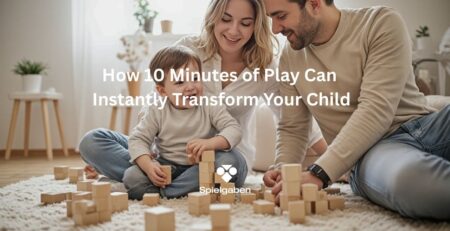
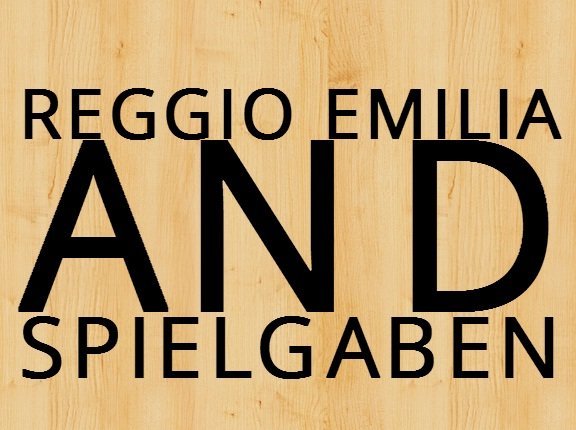

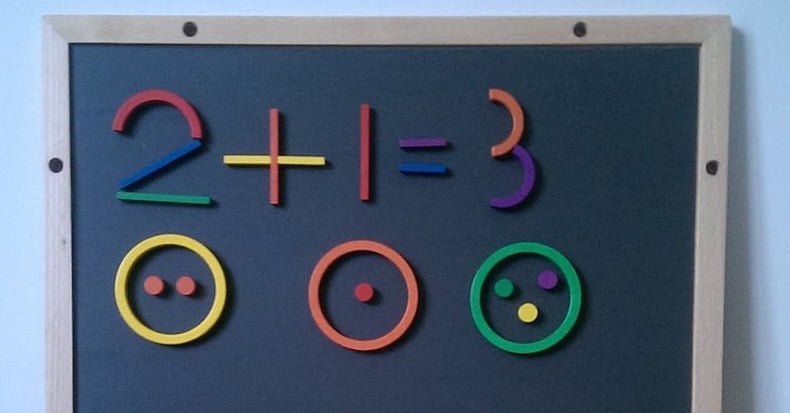
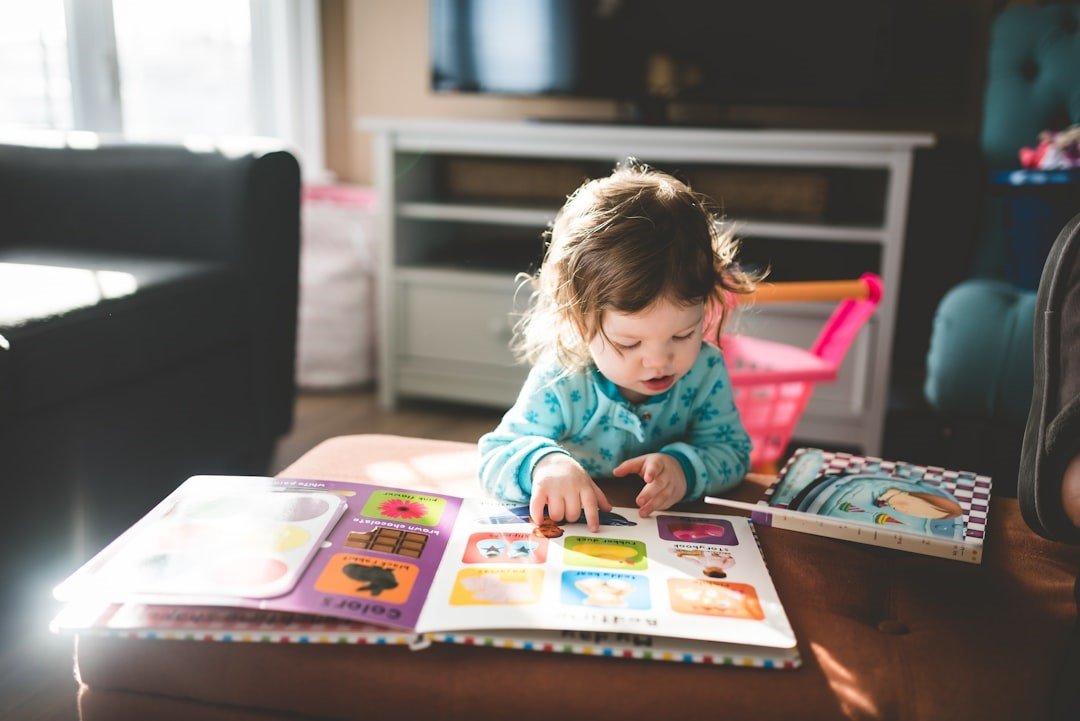

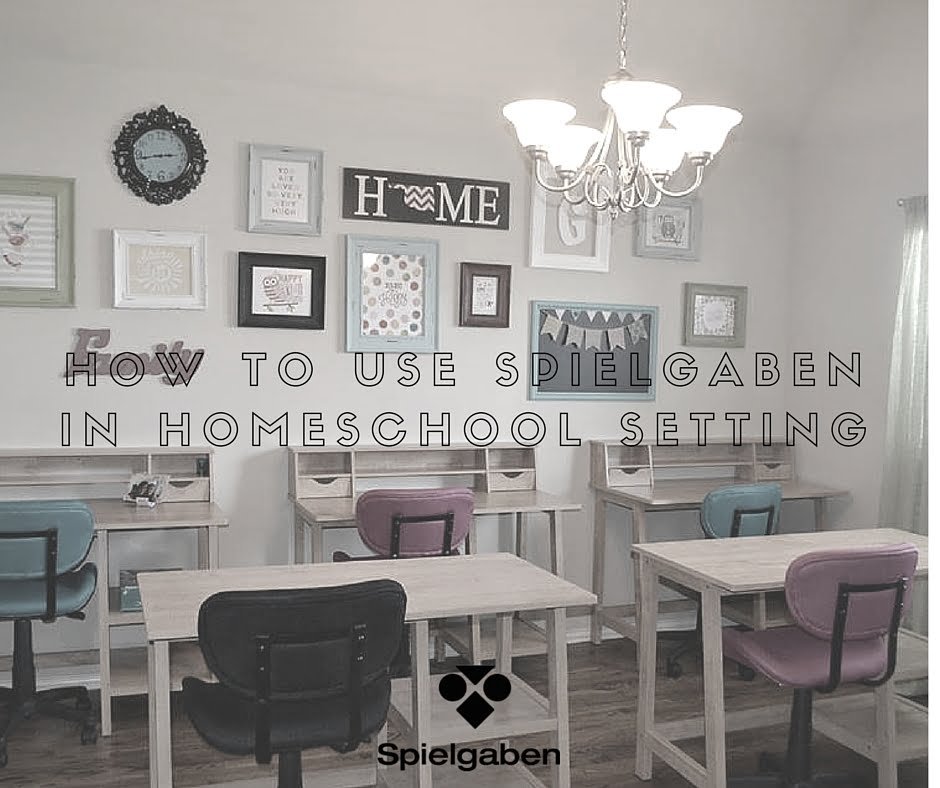
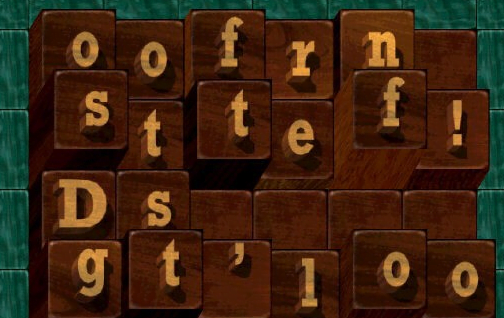
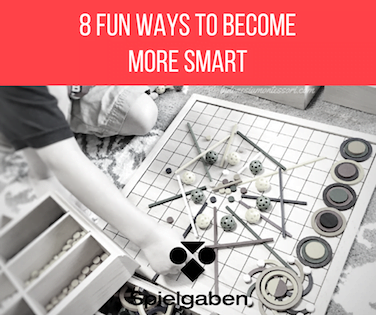
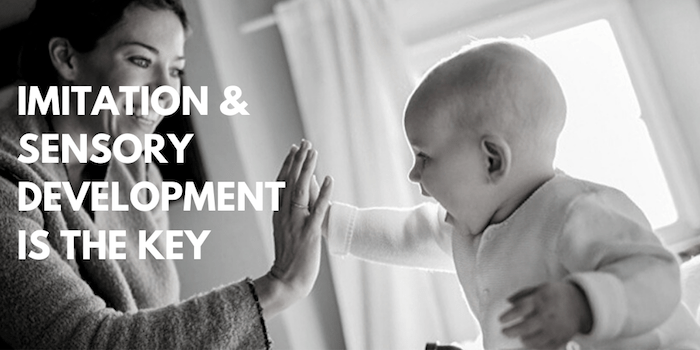

LEAVE A COMMENT